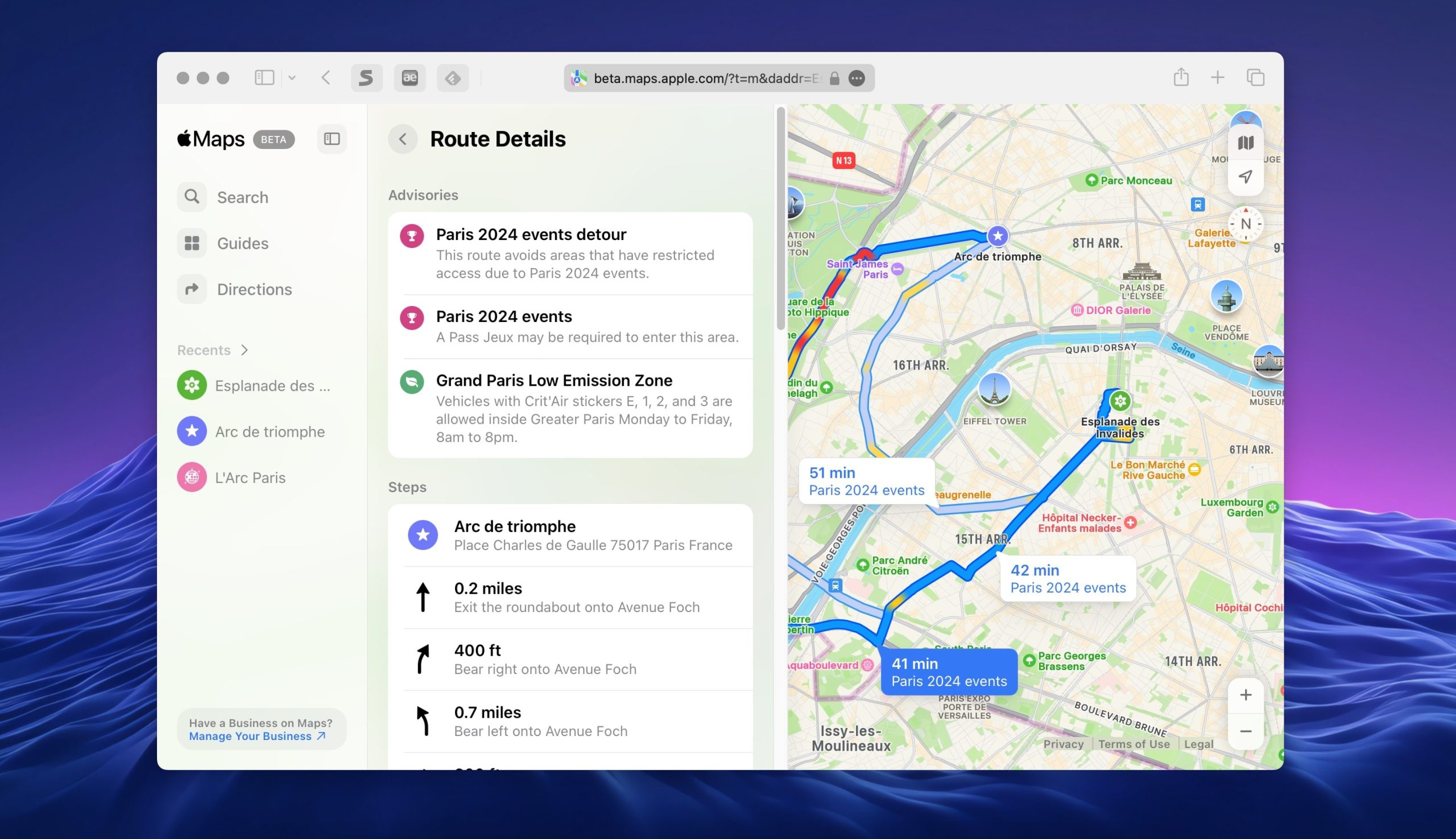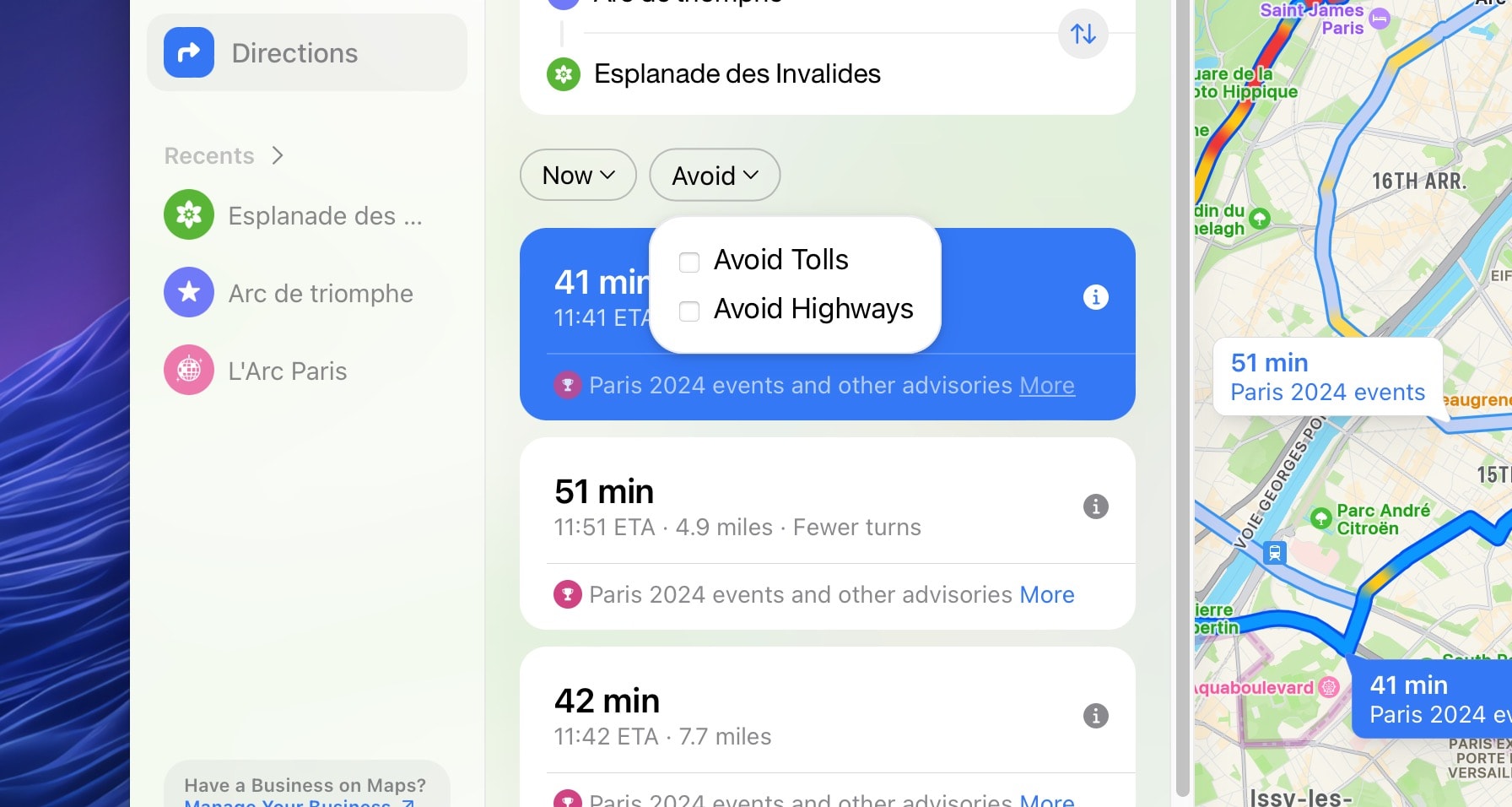Apple is intent on challenging Google’s dominance in the mapping sphere. A series of enhancements to Apple Maps, culminating in the introduction of detailed city maps and the web-based platform, signal a concerted effort to provide a compelling alternative.
While the initial web launch was restricted to a few browsers, Apple’s recent decision to support Firefox marks a significant step towards broader accessibility. This strategic move positions Apple Maps as a more viable option for users across different platforms and devices.

As Apple continues to refine its mapping service, the competitive world is likely to intensify, potentially reshaping the way we go around the world. Apple’s recent decision to support Firefox for its web-based Maps service is a modest step forward in browser compatibility.
While this move is undoubtedly welcomed by Firefox users, its impact is limited by the browser’s market share and the existing workaround of using user agents to access Apple Maps on any platform.
The primary benefit of official Firefox support is likely to be improved reliability and performance compared to the user-agent method. However, the current iteration of Apple Maps on the web falls short of expectations.

The absence of crucial features like Apple ID login severely hampers its utility, as users are unable to seamlessly integrate their web-based routes with their iPhone or CarPlay experiences.
With the upcoming iPhone event on the horizon, anticipation is high for more significant advancements to Apple Maps on the web. Users eagerly await features that will truly enhance the service’s functionality and integration within the broader Apple ecosystem.

